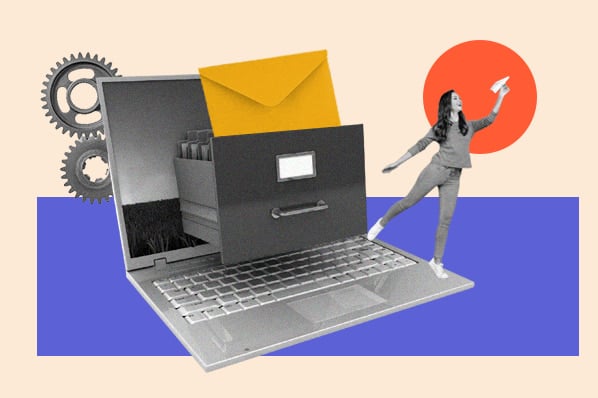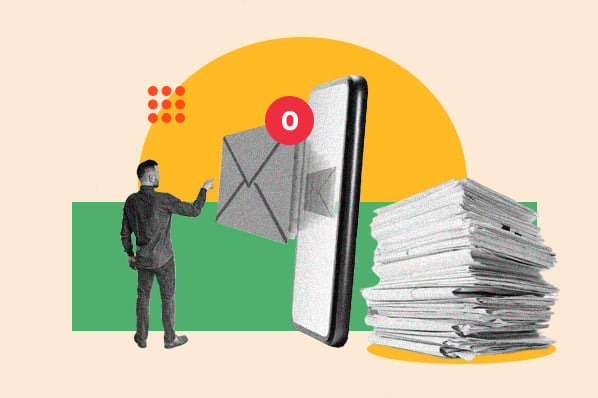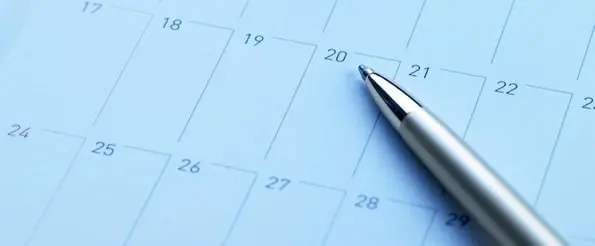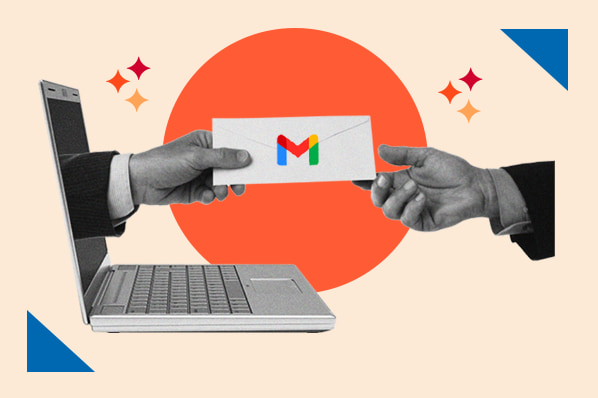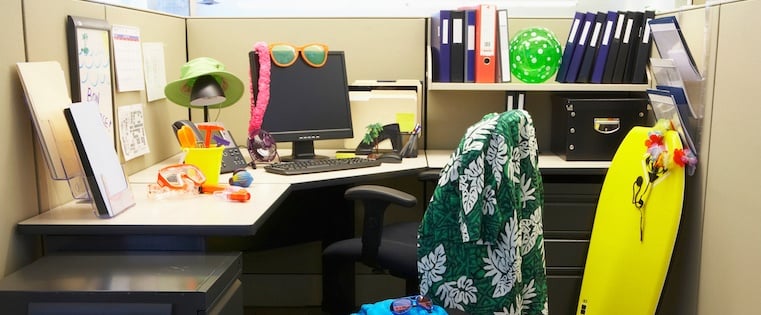Here is an email exchange that just happened between Joe Chernov, our VP of Content, and me.
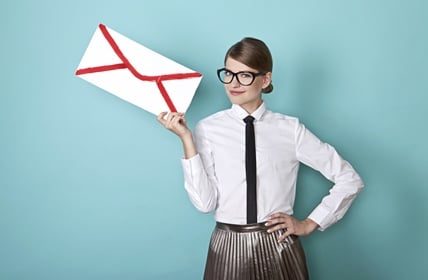
Joe:
Why don't we have social share buttons on landing pages (or at least the page I'm seeing)? http://offers.
Diana:
Several reasons:
- We ran A/B tests that determined that removing both the top nav and social share buttons increase conversion rates.
- Adding the social share button module increases page load times, decreasing conversion rates as well.
- I measured leads generated from the landing page social sharing buttons and compared to thank-you pages, these LP buttons generated very, very few leads each month.
- People are not ready to share content at this point, before they've seen the offer.
Joe:
This is how you answer a question! We should make this email exchange a blog post.
And here, dear readers, is the blog post.
The sad truth is we spend 28% of our workweeks reading, writing, or responding to emails. What a waste of time! I'm sure if you think about your past week, you've spent way more time in your email inbox than you'd have liked.

Here are some tips on how to be a more efficient emailer, so you can spend your time on more productive tasks.
1) Get to the point quickly.
I could have started out my response to Joe like this:
Hi Joe,
Thanks for reaching out, this is a great question! I'm sorry for not clarifying this during our last conversation, but let me clear this up. We started removing the social sharing button several months ago, and here are some of the reasons we decided to do so.
That's a waste of three sentences for both me to write and Joe to read. Get. To. The. Point.
2) Use bullet points to provide succinct answers.
Dense paragraphs of text are harder to read than short bullet points. So use bullet points often to summarize ideas, data, or conclusions. If you find yourself writing a paragraph that's more than three sentences long, you're creating more work for yourself and your recipient than is necessary.
3) Let the most knowledgeable person reply first.
If you're CCed on an email, and someone else CCed would be better suited to provide an answer, it's okay to wait a day to let them reply first. It's also okay to say something like, "I'll let XYZ chime in before adding my own insight." This can save you from needing to write out an email that needs further clarification anyway.
4) Forward emails mistakenly sent to you.
I used to run our email marketing at HubSpot, and sometimes people still ask me email marketing questions. I could reply each time explaining that I now own website conversions instead, and letting them know who the correct person is to send this question to.
Instead, I reply and include the correct person on the thread, with a simple line: "Looping in XYZ who now runs our email marketing programs." This saves the sender the time of needing to rewrite or copy/paste the email to the new recipient, and gets the message across quickly for future reference.
5) Don't speculate on intent.
It's hard to read emotions in emails. So don't try. I could have assumed that Joe was blaming me for not including social share icons on our landing pages (he later confessed after he clicked send he was afraid that's what I would think). But I didn't -- I immediately thought, "Joe doesn't know the history here so I'll fill him in." Simple as that. Leave emotion out of email, both when interpreting and writing emails, as much as you can. Be logical and literal. You'll save yourself and your colleagues from a lot of angst.
6) Answer promptly.
This isn't to say that you should check your email every five minutes. Ideally, you should close or minimize your inbox so you can focus on your projects and only check your inbox a few times per day.
Don't leave emails sent specifically to you hanging for longer than 24-48 hours (excluding weekends -- work/life balance is important, folks). Letting questions linger longer than that will create an awful backlog in your inbox, and it will also frustrate the sender. He or she will need to waste time tracking you down in person, over instant messenger, or with additional follow-up emails. Keep your company's efficiency in mind, not just your own.
If you can't reply with the answer within two days, it's polite to say, "Got this, will get back to you later this week." Or you can set a "Slow to Respond" auto-responder so people will know they'll need to wait longer than usual for a reply.
Want to share this post? Here are some ready-made tweets:
Click to tweet: How to Effectively Answer Email (Without Wasting Anyone's Time) - http://hub.am/1lQwU2N by @DianaUrban at @HubSpot
Click to tweet: Spending too much time answering emails? Here are some tips on how to efficiently reach #inboxzero - http://hub.am/1lQwU2N
Click to tweet: The Right Way to Answer a Work Email - http://hub.am/1lQwU2N by @DianaUrban at @HubSpot

![Email Signature Examples: How to Write a Great One [+ Free Generator]](https://blog.hubspot.com/hubfs/69_%20How%20to%20Write%20a%20Press%20Release%20%5BFree%20Press%20Release%20Template%20+%20Examples%5D.png)
